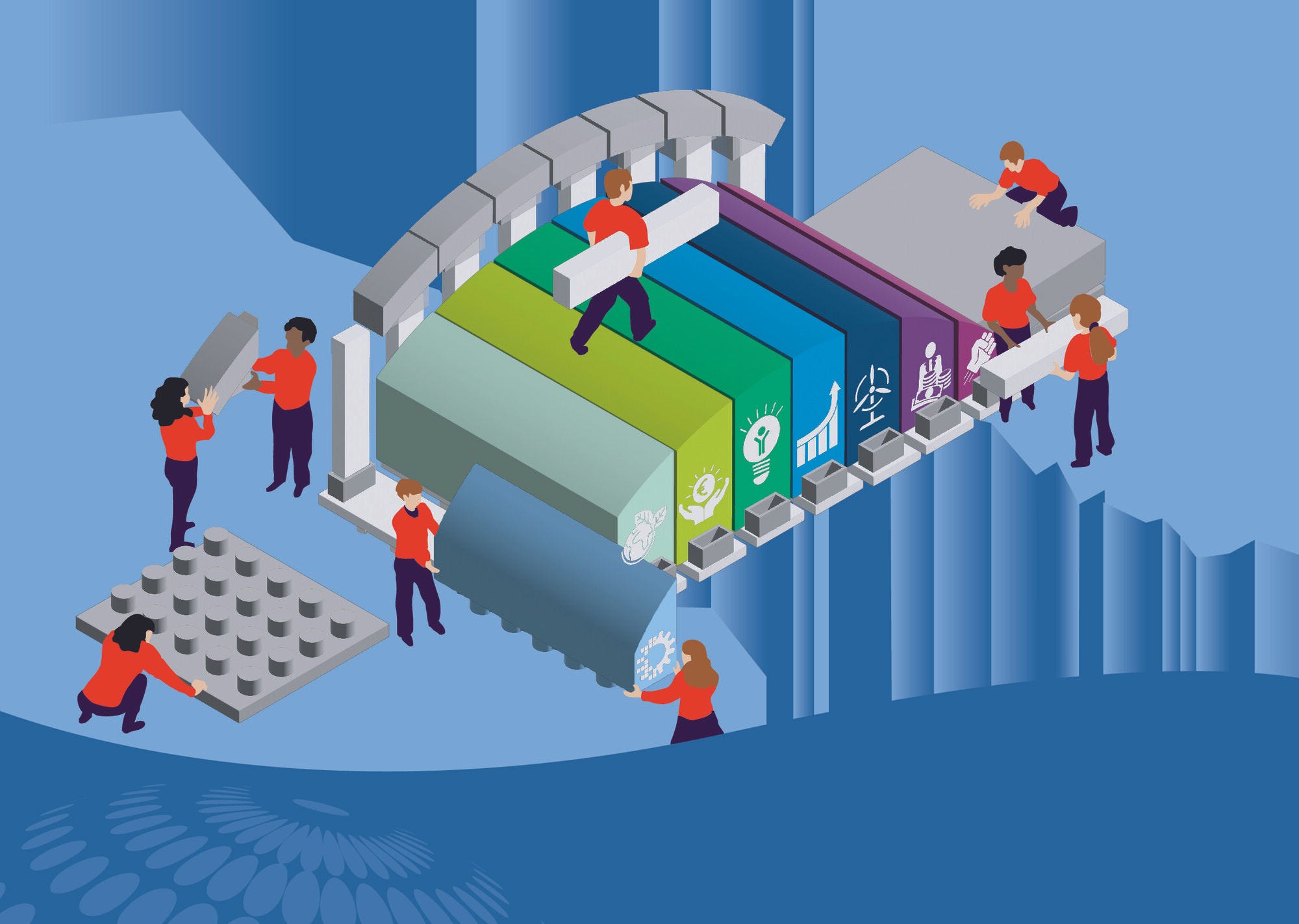One of a series of studies on vocational education and training (VET), this report focuses on how international evidence can inform reforms of the VET system in Brazil. The reforms aim to considerably expand provision of initial VET, tripling enrolment between 2014-2024. Today, few upper-secondary students participate in VET in Brazil as compared to many OECD countries. The reform is a welcome initiative, provided that the expansion is coupled with investments in quality. Expansion of VET is likely to diversify the students attending VET programmes and increase the demand for VET teachers, and schools will need the support to make this work while ensuring that the programmes they offer are relevant for the labour market. By international standards, employers in Brazil provide limited input into VET policy and very few VET students have an opportunity of training with employers, and the reforms could be an opportunity to strengthen their involvement. Moreover, the reform could reinforce assessment strategies, as a lack of reliable assessment may decrease the value of VET qualifications. To support reform efforts in Brazil, this report brings in international evidence and discusses how other countries are addressing various related challenges encountered in their VET systems.
Engaging Employers in Vocational Education and Training in Brazil

Abstract
Executive Summary
Brazil launched a major reform of its upper secondary education in 2017. The reform, which is now being implemented, aims to considerably expand provision of initial vocational education and training (VET). The goal is to triple enrolment between 2014-2024. As high-quality VET leads to positive outcomes, the reform of VET in Brazil is a welcome initiative, provided that the expansion of VET is coupled with investments in its quality.
There are three main challenges related to the expansion of VET. First, the reform aims to provide state schools with greater responsibility for the mix of programmes on offer and their content. But the mismatch between VET provision and labour market demand for skills might be a challenge in Brazil as the choice of VET courses is made by VET institutions themselves, with little consideration for the labour market demand needs. Brazil needs to consider how to support schools in their expansion of VET delivery and coordinate provision of different VET programmes locally. Second, the reform expanding VET in schools in Brazil will certainly increase the demand for teachers of VET subjects. To avoid teacher shortages and ensure that VET teachers have relevant and up-to-date skills, many countries have introduced flexible arrangements for qualified employees so that they can teach in their area of expertise without too many entry barriers. In some countries it is also possible to combine a job in industry with some teaching responsibilities. Third, in its expansion plans, Brazil should give careful consideration to the roles that VET can play. VET programmes may be designed to cater to different populations, including those who wish to continue in education and those who are at risk of dropping out. In Brazil, vocational qualifications are awarded to students who complete their academic upper secondary studies. This arrangement may leave less academically oriented students with no qualification if they do not successfully complete their upper secondary education.
The reform of VET in Brazil should be accompanied by an effort of making work-based learning (WBL) a systematic part of VET programmes given the benefits associated with WBL. Provision of training in companies is more cost-effective and can contribute to making the VET offer more relevant to labour market needs. To ensure all VET students can benefit from WBL, including in programmes provided mainly in schools, some countries make WBL mandatory. The benefits from WBL depend on the quality of work placements. Some employers may not feel able to train students, and some are better than others at conducting training. Governments can enhance the training capacity of firms through a wide range of tools, such as promoting training of trainers in companies and facilitating collaboration across companies in the provision of training. Small companies may particularly benefit from measures designed to help with training. Schools can also play an important role in reaching out to employers. Partnerships between schools and local companies facilitate the initial offer of work placements, and the subsequent exchanges between schools and training employers sustain the work placements and ensure that the placements fit effectively into the vocational programmes. But building partnerships between schools and employers is hugely challenging, especially in countries where collaboration between the public and private sector is scarce. To develop WBL in initial VET, Brazil may draw on the experience of employers who already provide work placements to adult learners.
The governance of VET is often complex. Responsibility for VET can be spread across different bodies and levels of governance. Some countries attempt to reduce fragmentation and foster coordination in VET policy by vesting one institution with overarching responsibility over VET and sometimes by creating an independent body whose role is to mediate and represent interests of various stakeholders. The issue of coordination between various decision-makers may also potentially represent a challenge in Brazil. The objective should be to ensure coordination of various provisions, typically organised at the national or regional level, while allowing innovation and flexibility at the local level. A strong VET system involves social partners, typically including employers and trade unions, at all levels where decisions about VET are taken. In some countries, the involvement of social partners is guaranteed by law. Social partners’ engagement would typically be strong in apprenticeship systems, whereas in school-based VET it would be less prominent. In Brazil, some VET programmes are already successfully run by employers as part of the Sistema S system. Involvement of Sistema S in the discussion on the what the VET system should look like could help in ensuring the quality of VET.
Reliable assessment and certification mechanisms are crucial in high-quality VET systems to assure that graduates have the required competences. Assessments in the Brazilian VET system should balance different assessment methods. To support reliability, assessments should include some standardised elements, such as written or practical assessment tasks which are the same or very similar for all candidates. However, there is also a need to assess the performance of candidates undertaking realistic work tasks, or pursuing practical projects in the workplace. Full involvement of employers and trade unions enhances the quality of assessment and certification, and improves the credibility of certification. Social partners should be involved fully both in the establishment of new curricula in the expanded VET system in Brazil and in updating existing curricula, as well as in the planning of assessment systems, as employers have the most direct and up to date understanding of required competences. The productive sector might also be usefully involved in undertaking assessments of individual students, as this will add credibility to the consequent certification of occupational competence. While those most closely involved in a training programme, including vocational teachers and employers offering work placements, have direct knowledge of students and their capacities and have a useful input into assessment, involvement of independent actors in assessment would also be helpful. The latter may be less likely to have biases because of any direct interest in the outcome, and are in a stronger position to ensure consistent standards.
In the same series
Related publications
-
 21 November 2024
21 November 2024 -
 Policy paper19 November 2024
Policy paper19 November 2024












